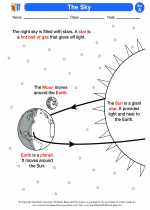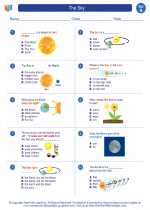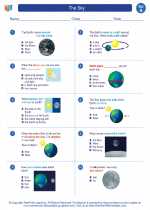Diffraction
Diffraction is the bending of waves around obstacles and the spreading of waves as they pass through an opening. It occurs when a wave encounters an obstacle or a slit that is comparable in size to its wavelength. Diffraction is a characteristic behavior of all types of waves, including sound waves, water waves, and electromagnetic waves such as light.
Key Concepts
- Wavelength: The distance between consecutive peaks or troughs of a wave.
- Obstacle: An object that causes waves to bend as they encounter it.
- Slit: An opening through which waves can pass, causing them to spread out.
Explanation
When a wave encounters an obstacle or passes through a slit, it bends around the edges of the obstacle or opening. This bending causes the wave to spread out in all directions beyond the obstacle or slit. The amount of bending and spreading depends on the wavelength of the wave and the size of the obstacle or opening.
For example, when light waves pass through a narrow slit, they diffract and produce a pattern of bright and dark fringes on a screen. This pattern is known as a diffraction pattern and is characteristic of the behavior of light waves.
Applications
Diffraction is important in various scientific and technological applications, including:
- Understanding the behavior of light and other electromagnetic waves.
- Designing optical instruments such as microscopes and telescopes.
- Studying the structure of materials using X-ray diffraction.
- Improving the performance of antennas and other communication devices.
Study Guide
To understand diffraction better, consider the following questions:
- What is the relationship between the wavelength of a wave and the amount of diffraction that occurs?
- How does the size of an obstacle or opening affect the diffraction of waves?
- What are some real-world examples of diffraction in everyday life?
- How is diffraction used in the design of optical instruments?
- What role does diffraction play in the behavior of sound waves?
◂Science Worksheets and Study Guides First Grade. The Sky

 Activity Lesson
Activity Lesson
 Worksheet/Answer key
Worksheet/Answer key
 Worksheet/Answer key
Worksheet/Answer key
 Worksheet/Answer key
Worksheet/Answer key
 Worksheet/Answer key
Worksheet/Answer key
 Vocabulary/Answer key
Vocabulary/Answer key
